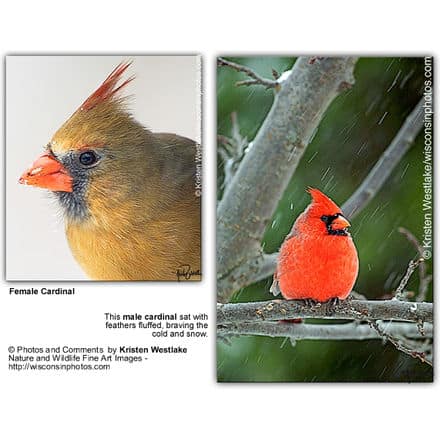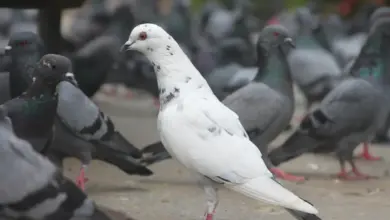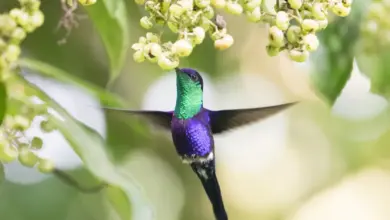Red-winged Starlings
The Red-winged Starlings, Onychognathus morio, is a bird native to eastern Africa from Ethiopia to the Cape in South Africa. Originally breeding mainly on rocky cliffs, outcrops and gorges, it is now common in urban areas, using buildings and other man-made structures as nest sites.
Description
The male of this 27-30 cm long starling has mainly iridescent black plumage, with chestnut flight feathers, which are particularly noticeable in flight.
The female has an ash-grey head and upper breast.
The juvenile resembles the male, but is less glossy than the adults, and has brown rather than dark red eyes.
The Ethiopian subspecies O. m. rupellii is longer-tailed than the nominate form and intergrades with it.
Breeding / Nesting
The Red-winged Starling builds a lined nest of grass and twigs, and with a mud base, on a natural or structural ledge. It lays 2–4, usually three, blue eggs, spotted with red-brown. The female incubates the eggs for 13–14 days, with another 22–28 days to hatching. This starling is commonly double-brooded. It may be parasitised by the Great Spotted Cuckoo.
The Red-winged Starling is territorial, aggressive and intolerant when nesting, and will attack other species, including domestic animals and humans.
Calls / Vocalizations
This species has a number of whistled calls, but the most familiar is the contact call, cher-leeeoo.
Diet / Feeding
Like other starlings, the Red-winged Starling is an omnivore, taking a wide range of seeds, berries, nectar and invertebrates. Like its relative, the oxpecker, it will perch on cattle and antelope, searching for ectoparasites such as ticks. It will also scavenge on carrion and human food discards. It is highly gregarious and will form large flocks when not breeding.





